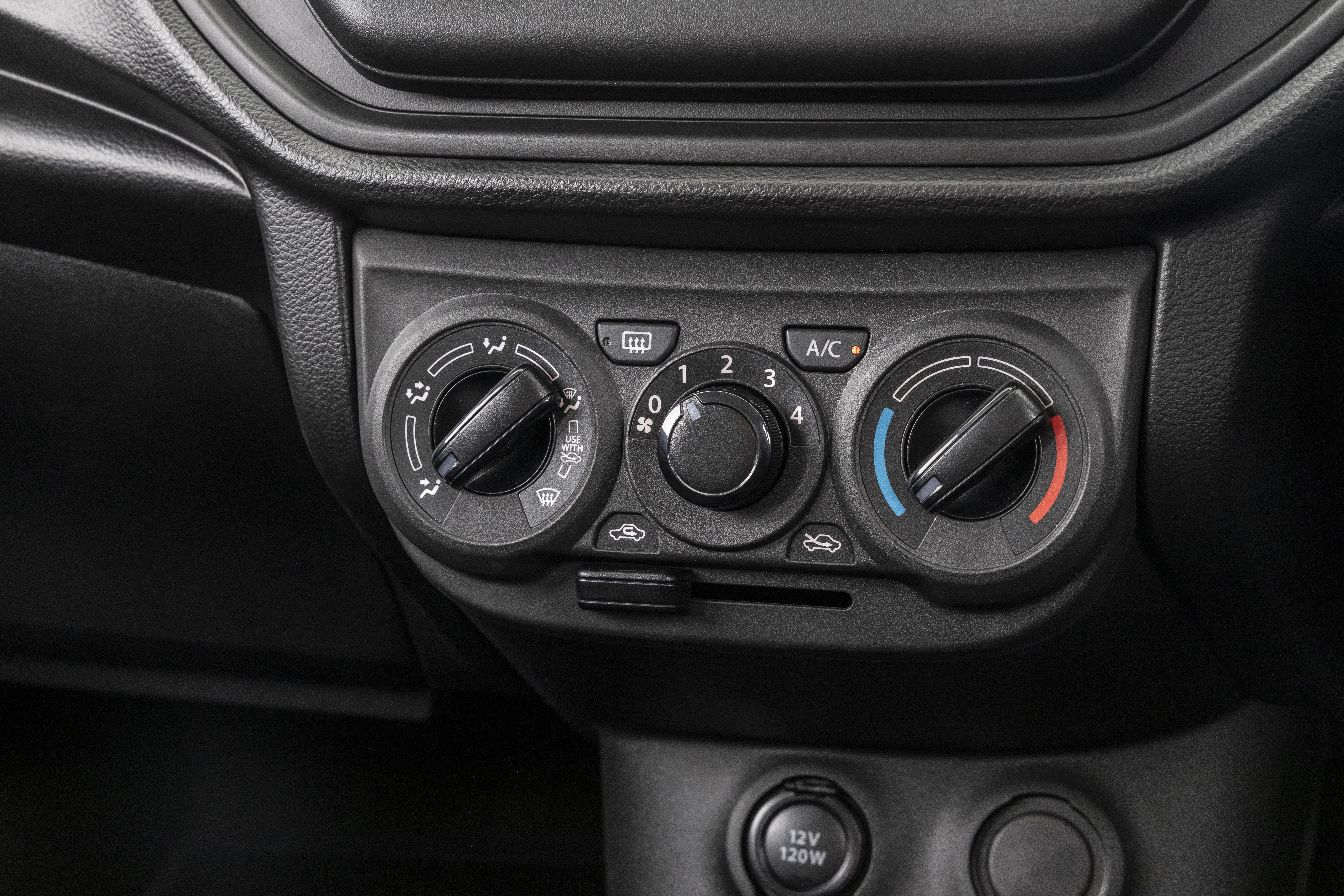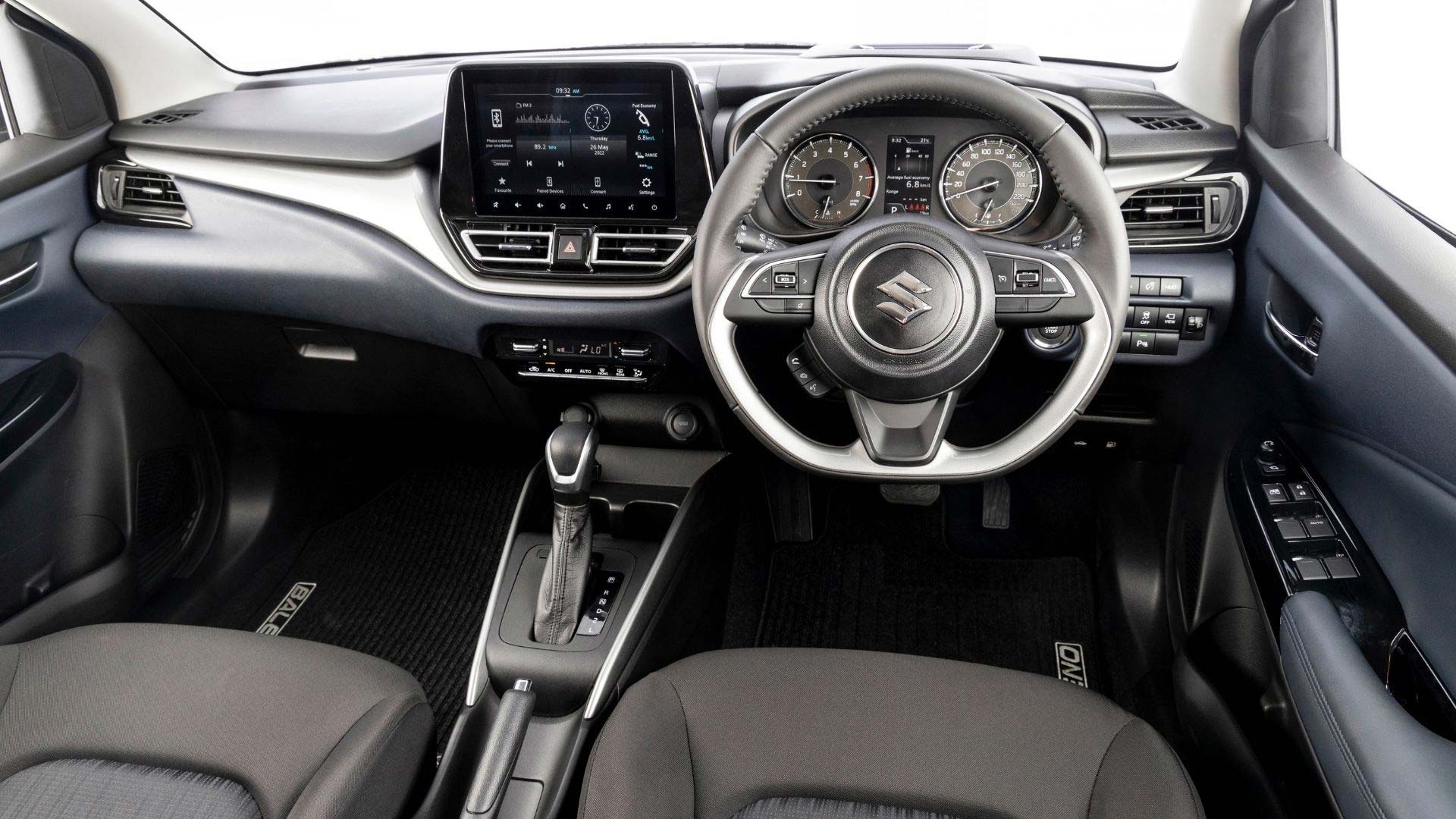Learn all about GPS’s, navigation and satellites in this episode of How Things work.
If you can’t watch the video, you can read the video transcription below: Edited for clarity and readability
Pieter: (00:00)
Welcome to Let's Talk Automotive. And in this week's episode on How Things Work, I'm going to be taking you through the very cool technology of satellite navigation. Now you may have heard the term GPS and thought that it stood for Global Positioning Satellite, but in fact, it stands for Global Positioning System. And as the name suggests, there are different ways for us to achieve navigation.
So one of the ways that we can navigate is by using radio signals and where those signals intersect triangulates exactly where our position is. And in a very similar manner and a very popular way that we currently use for navigation is to use our cell phone. So, systems like Waze or Google Maps in fact, use our GSM signals to triangulate and locate exactly where we are. Now those systems are not quite as accurate as satellite navigation. And I'm going to explain a little bit later, why it is so important for us to have very, very accurate ways of navigating, but first let's get into how satellites are able to track our positions on earth.
Pieter: (01:13)
So, first of all, we have a cluster of satellites that are orbiting Earth. The system that we use is owned by the US Military. And so they have 28 satellites that are orbiting earth of which we use 24 with the other four being used as standby and backup. Now, what happens is that our navigation units handshake with as many satellites as possible. And each of those satellites sends a signal to the navigation device, and we can measure exactly how long it takes for that signal to be transmitted from the satellite and reach the navigation device. And based on that signal, the device is able to then create a radius around which we could potentially be relative to an individual satellite. So if we took a second satellite and measured its radius around us at a particular point, we’ve now narrowed down our location to two potential areas where those two radii intersect, but that's still no good for us, because we could be in the Southern hemisphere and the Northern hemisphere at the same time, according to those satellites, so we need a third satellite signal and that radius now will create a single point where all three radii intersect. And we know for sure that that's exactly where we are located on earth.
Now, one thing that you might not have known is that the navigation systems on those satellites have atomic clocks. And the reason why we've got atomic clocks on our satellite navigation systems is because we have to have very, very accurate ways of timing the signal from the satellite down to the receiver. And the reason for that is because the satellites are subject to Einstein's two theories of relativity, so general relativity and special relativity. So if we have a look at a satellite that's orbiting earth, that's rotating or orbiting at a tremendous speed and because of that speed, time relative to devices on earth slows down. The second thing that happens is because the satellite is a little bit away from earth, it has a slightly smaller gravitational pull as a result. And because of that, time relative to the devices on earth, speeds up.
Pieter: (03:42)
Now, there is a difference in those two timings, which we have to factor. And if we didn't, our satellite navigation systems would become wildly inaccurate. It's quite interesting that we do have a space time relativity at play with our satellites that are orbiting earth.
Now you might have wondered how it is that we take the location that the satellite gives us and overlay that on a map. Now the navigation companies use typically two methods. The first is to physically drive every inch of road in South Africa. And you might have seen these vehicles driving around. They've got these weird antennas on the top of their vehicles, which are constantly pinging satellites, and at the same time, recording the locations and signals on a device and they then digitise those signals and superimpose them on a map. The second way, which is a little bit more cost effective, I would imagine, is to take satellite imagery and physically trace out all the roads in the country, for example, and overlay those with the signals that we get from the satellites. But either way, those systems are relatively accurate.
Now when it comes to autonomous driving, of course, the vehicles are going to be leaning heavily on satellite technology and satellite navigation in particular, in order to accurately pilot these vehicles. And that's the reason why I wanted to really explain to you as clearly as I could, how satellite technology works when it comes to navigation.
So I hope you found that useful and that you have a bit more information about how the systems work. And until next time we look forward to seeing you on How Things Work.


.png)
